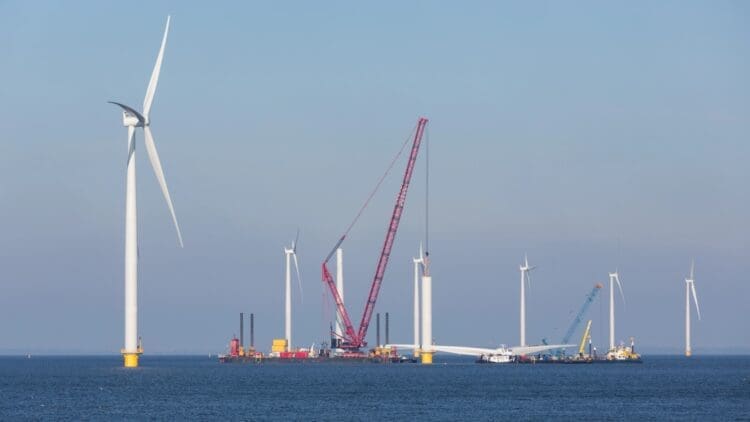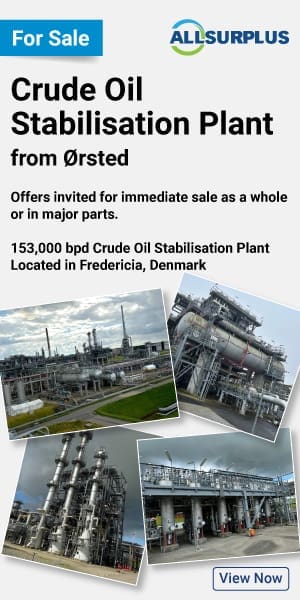The UK has revealed that the AR7 offshore wind round faces a subsidy-control review from the SAU. The United Kingdom recently launched the Contracts for Difference (CfD) Allocation Round 7 (AR7); however, the process will come under scrutiny as the UK Subsidy Advice Unit (SAU) has announced that it will conduct a review of the AR7. The United Kingdom has become a global leader in the adoption of large-scale wind projects that have the potential to shift the nation’s energy sector towards renewable energy generation.
The bureaucratic regulation process is alive and well in the United Kingdom
The UK is universally renowned for its intense regulatory processes that encompass several sectors that affect everyday life. As such, the nation has been mulling over a notice from the Subsidy Advice Unit (SAU) accepting a request for a report advising the Department for Energy Security and Net Zero (DESNZ) concerning its proposed Contracts for Difference (CfD) Allocation Round 7 (AR7) subsidy scheme.
This year has seen several changes to the Contracts for Difference Allocation Round 7, including “longer 20-year contracts that provide greater financial certainty for developers and investors, as well as earlier eligibility for projects still in the planning stages”, according to the Offshore Wind Growth Partnership.
The renewable energy sector can take solace in the fact that investment contracts have already delivered 10 GW of renewable capacity, with an additional 23 GW contracted to become operational by 2030.
Of the many benefits that the AR7 provides, one major consideration is the Clean Industry Bonus, which encourages developers to invest in UK-based suppliers, strengthening the energy self-sufficiency status of the United Kingdom. The budget is GBP 20.1 million per GW of capacity, applying for a Clean Industry Bonus, with a total budget of over GBP 544 million.
Can the energy industry in the UK take advantage of the AR7 as it embraces wind power
CFDs are meant to allow for long-term contracts that strengthen the cooperative contracts between a low-carbon electricity generator and the CfD counterparty, the Low Carbon Contracts Company (LCCC). Following the news that the SAU has accepted a request for a report from DESNZ concerning the proposed CfD AR7 subsidy scheme, the SAU has stated it will conduct further examinations before submitting a response.
The Allocation Round 7 (AR7) opened to applications on 7 August 2025, and the wind power operators have submitted their applications to take part in the subsidy scheme. The procedural change allows for the wind power sector contract allocation process to proceed without having to wait for the conclusion of any appeals in relation to other technologies.
The UK’s neighbor, France, has been promoting the potential of the wind sector by approving the sale of a large-scale wind project in Normandy, underscoring the love that Europeans have for wind power.
On an official UK government website, GOV.UK outlined the details of the change being implemented.
“This budget will represent the yearly budget cap available for AR7 auctions over the relevant 4- or 5-year valuation period (the relevant delivery years plus two further years), though successful projects will receive subsidy over a 15-year or 20-year period, so an estimate will be provided for the total subsidy amount on the transparency database. As an indication, the estimated total subsidy amount for Allocation Round 6 (AR6) is £20 billion (rounded up to the nearest £5 billion, September 2024 prices), and the largest estimated subsidy amount for any of the contracts actually awarded under AR6 is £4,245 million (rounded up to the nearest £5 million)”
Europe is leading the path forward for the wind power sector globally
Several nations across the world have finally begun to embrace the potential that the wind power sector presents. However, despite that warm embrace, there are still some bottleneck issues to be resolved in Europe. Once that can be dealt with, the expectation will be that the wind power sector will continue to grow and eventually become the world’s most dominant form of renewable energy generation. That adoption will surely be accelerated once other nations jump on board the wind power train.





